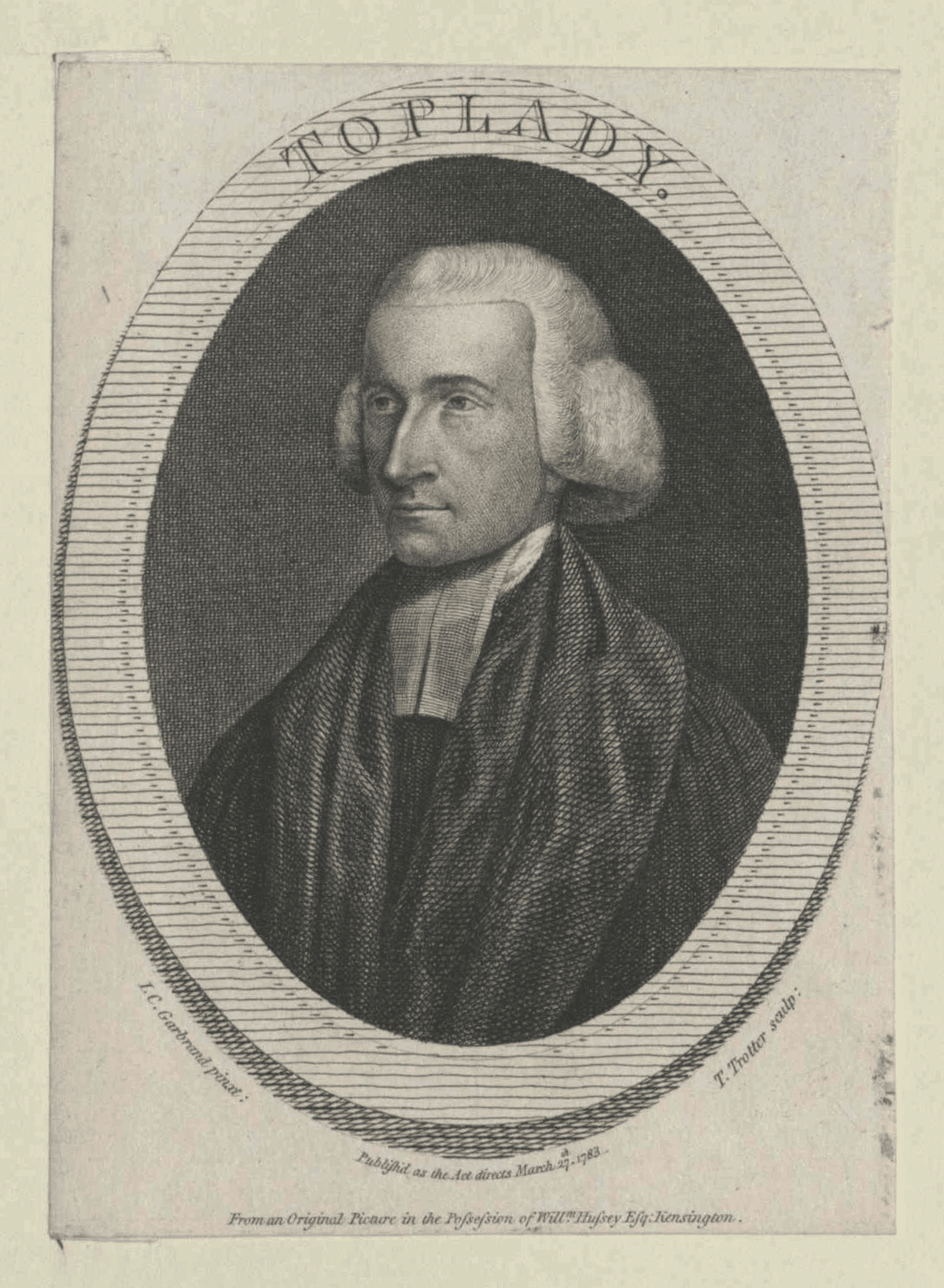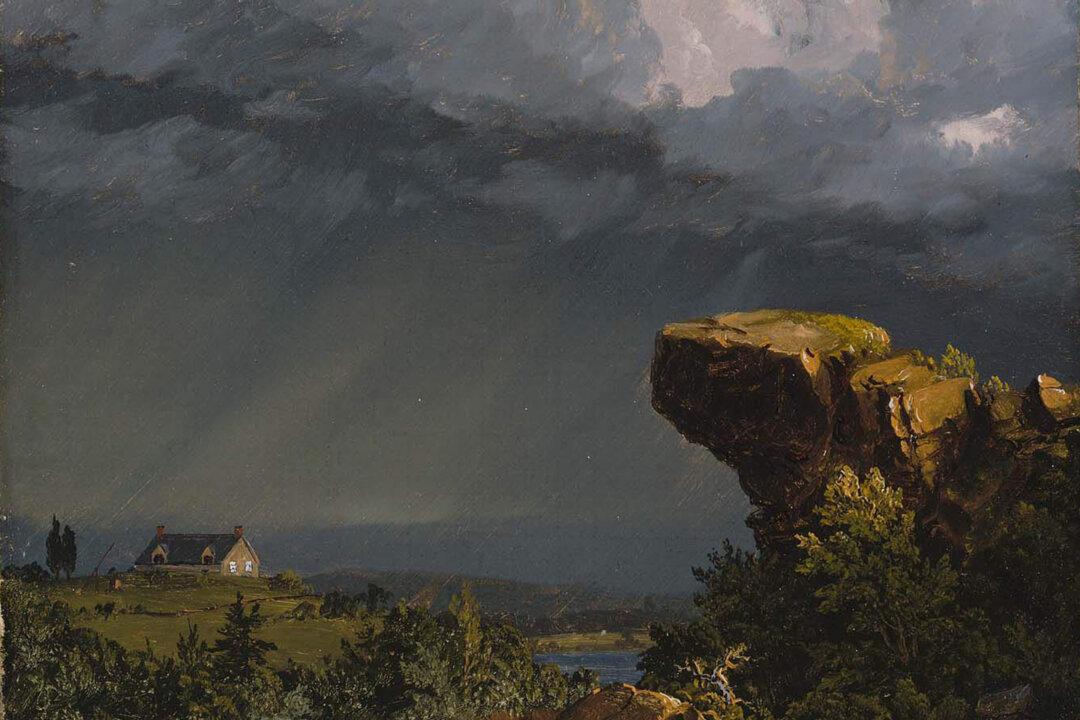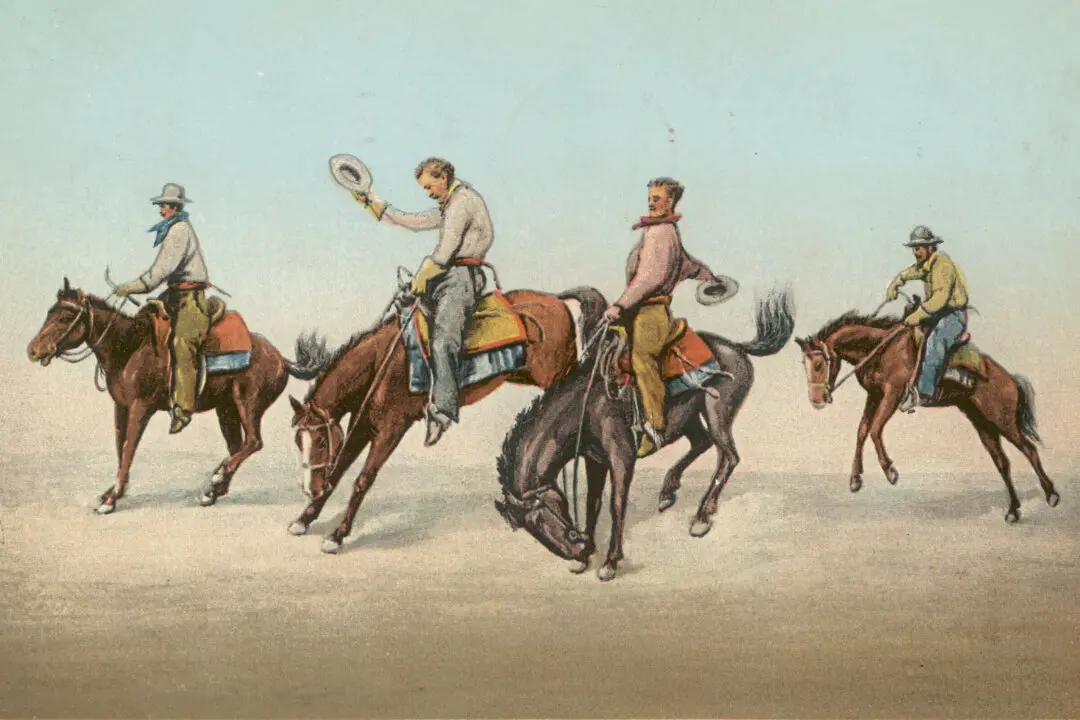While walking home one day through a rural village in North Somerset, England, Augustus Toplady got caught in a violent thunderstorm. The story goes that the young minister took shelter in the cleft, or opening, of a large rock. While waiting out the storm in the isolated area, he wrote down the first lyrics of what would become one of the world’s favorite hymns of all time.
A Life of Worship

Portrait of Augustus Toplady, 1783, by unknown artist. Public Domain





